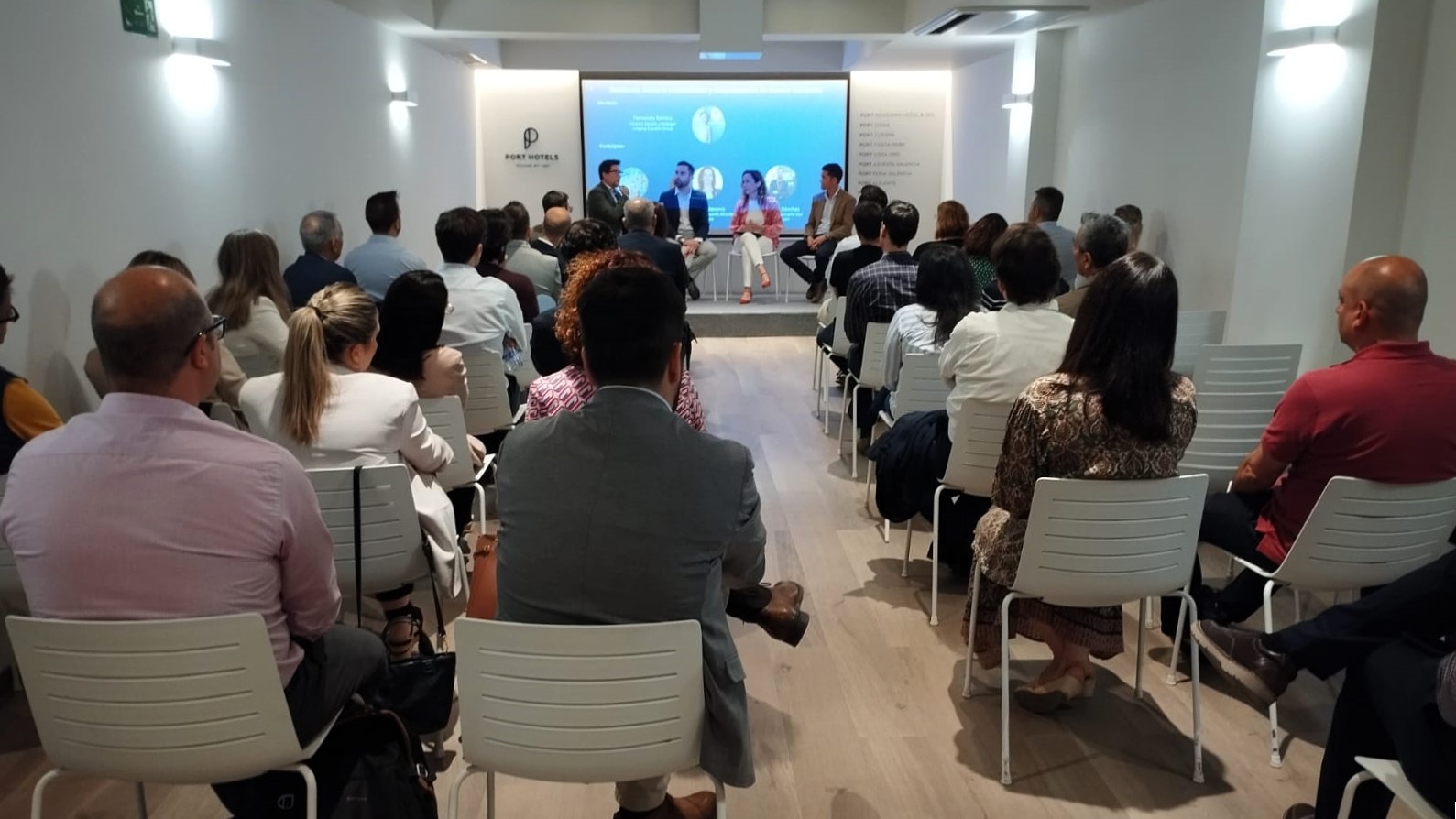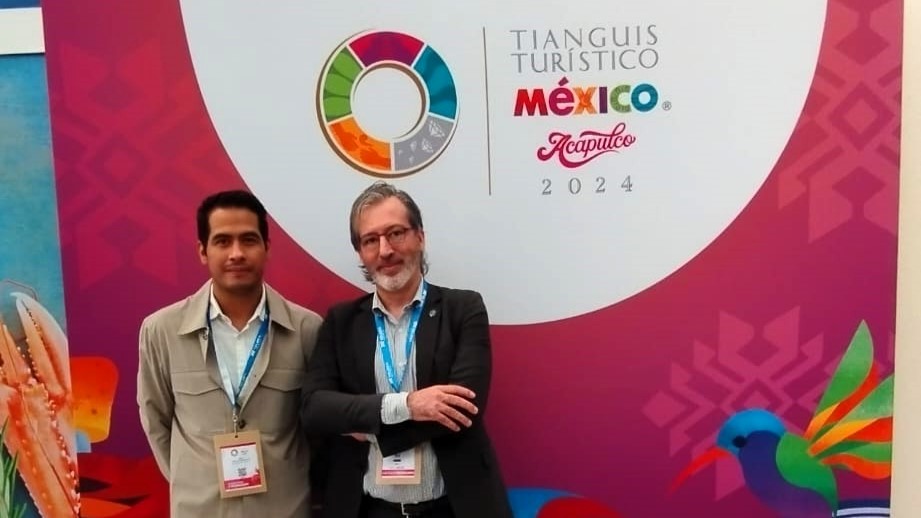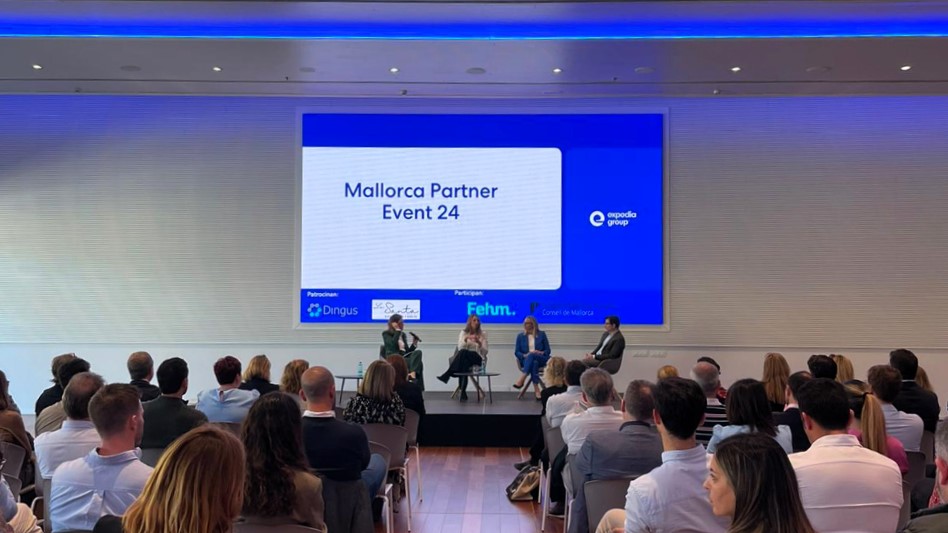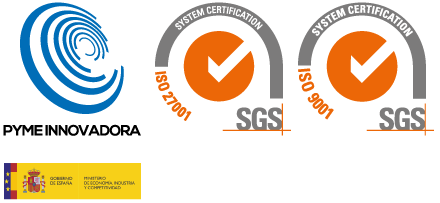To highlight the virtues and minimize the defects is a seduction strategy as old as the human being. It is, in fact, a strategy that is not even linked solely to the human being. A matter of survival, biological, natural. To attract the attention of others, to stimulate their desire, to fall in love with those on the other side in order to prevail, to endure, to multiply. Commercial marketing has long since realized that needs did not arise, they were created, and that in customer decisions, as in life, the brightest specimen, the best feathered bird, also triumphed. But how can we stand out in the midst of the over-information of the 21st century?. We receive, consciously and, above all, unconsciously, more than 3000 advertising impacts per day. We live, voluntarily or involuntarily, subject to a demanding distribution of tasks and, in the middle of our professional and personal tasks, one day we have to plan our rest, organize our enjoyment, balance what we will do on our free days. The emergence of the Internet and new technologies has changed our way of knowing and planning how to know and travel the world forever.
The tourism industry, from once powerful agencies to tickets sold online by low-cost airlines, has experienced perhaps one of the biggest shocks in terms of business model. And, at the heart of it all, is the dizzying challenge of a world more connected than ever, of a citizen more committed than ever to knowing other worlds, more shaken than ever by these 3000 impacts that, every day, go unnoticed. Our attention is unfaithful and fragmented, our way of consuming, too. In an environment where search engines and low-cost formulas are proliferating, many tourism companies are forced to stop short and consider, sometimes for the first time, what position they occupy in the minds of travellers.
Since the emergence of the Internet and, above all, since the generalization of Web 2.0 – the paradigm that revolutionized communication between transmitters and receivers allowing users to create and share content on the net – destinations, industries, tour operators and providers of tourism services and products have to face a complex dilemma: deciding how to compete in an environment saturated between two variants, price or a powerful brand image. Marketing experts have been warning for years about the need to build consumer loyalty through emotional bonding processes and only in this way can we understand that our primary goal as brands is to achieve the unbreakable – or at least the least possible – loyalty of our potential target audience.
It is in this paradigm of excesses, high competition and a change in consumption patterns that the tourism industry, its services and products, face one of the greatest challenges in its history. How to attract the attention of those on the other side?, How to stand out from the rest?, How to make them fall in love with our destination, our hotel, our programme of activities? The answer was given by Craig David, Creative Director of the JWC advertising agency, a few years ago: you have to stop interrupting what people are doing to become what people are doing. We have to seduce our potential customers by making ourselves a fundamental part of their story, and we are the story they want to tell. We are talking here about service, of course, but – forgive my professional distortion – we are also talking about the image, about being what you need, what you appreciate beyond whether or not you will consume our services. To become that which puts us in a position of experts, of reference. Without limiting ourselves, without even considering, that we will achieve this by transmitting a standard, advertising and promotional message.
Tourism is discovery, experience, curiosity and, as a result, emotions. Positive and negative sensations that begin to be generated from our first contact with the idea of destiny until we have returned home. It is here that tourism companies must consider taking on a role that begins well before the stage of considering the purchase or contracting of a service. It is here that Content Marketing emerges as an enormous source of possibilities.
Historically linked to branding and corporate social responsibility strategies, Content Marketing aims to reach our potential community of consumers through various products, formats and channels to provide them with valuable knowledge about what our activity is related to and to expressly avoid self-promotion and advertising strategies. In the current environment, marked by the Internet and social networks, its importance is multiplying. Their possibilities are multiplying. From simple experiences in which the corporate blog is reoriented away from the self-referential bias towards the production of audioguides, ebooks, applications or interactive maps such as those developed by La Manga Club, NH Hotels or AirBerlin, we not only talk about impacting with communication products that extol us as a reference in our sector: also about channels that help us to underpin our strategy in social channels and our organic positioning in search engines (SEO).
Only by becoming what our clients need – their source of information, their place of reference, their space, even their entertainment – do we manage to take on the role of experts in their minds. And only by being experts, our products and services can ensure that price is not the determining factor, but rather the opposite. The adoption of Content Marketing strategies is more a strategic conception of our brand image than a marketing mix technique. Are a new way, consistent with our brand positioning and looking to the long term. With diverse possibilities, its multiplicity of channels also makes it possible to plan growing scenarios, starting from limited budgets to more complex and costly actions. Content Marketing has never been about resources, but about the way we want to place ourselves in the minds – and hearts – of our audiences. Because, you still want to be chosen for the price

Fátima Vila
Enrédame Comunicación y Nora & Pierre Content Lab





